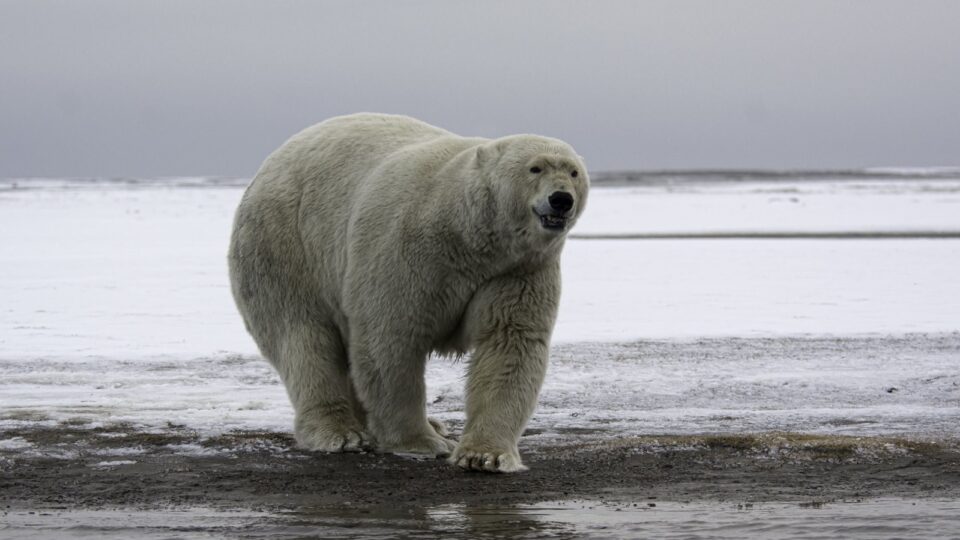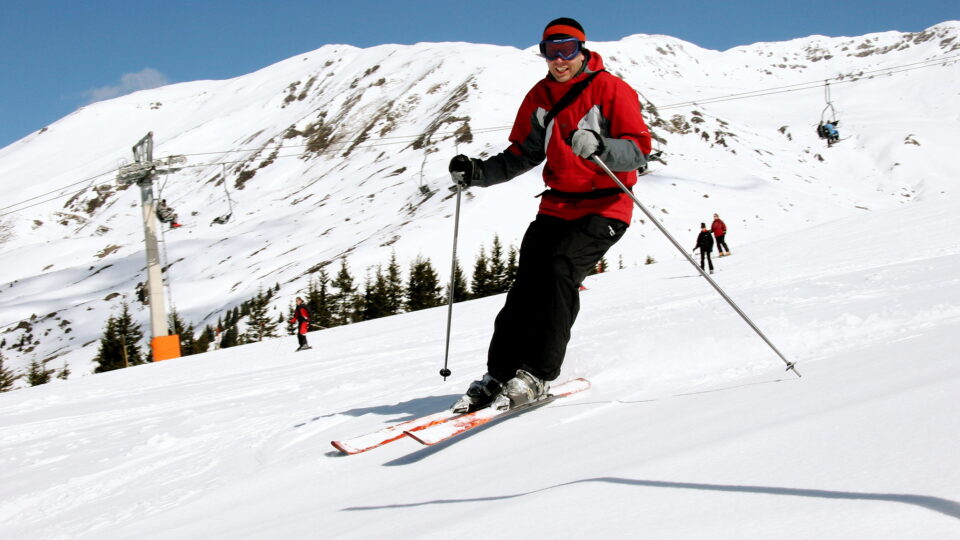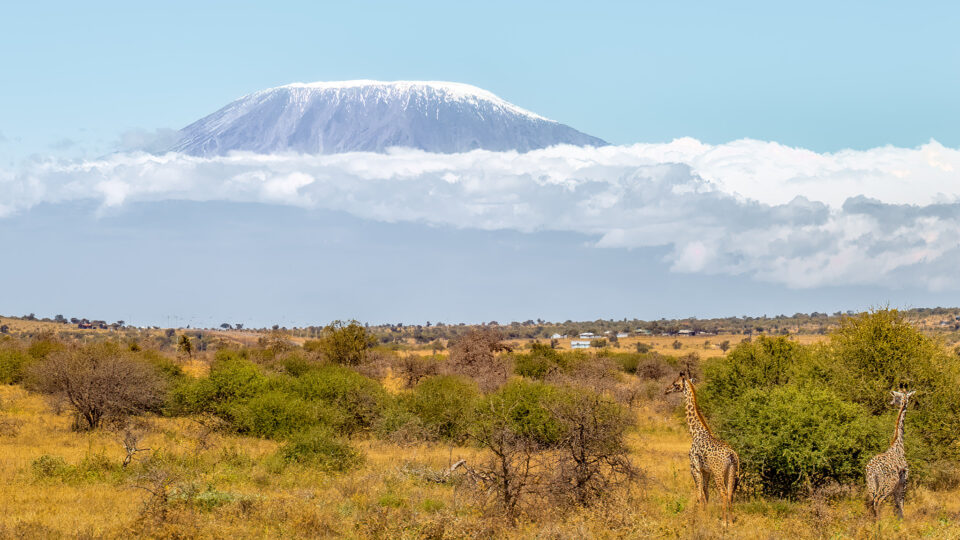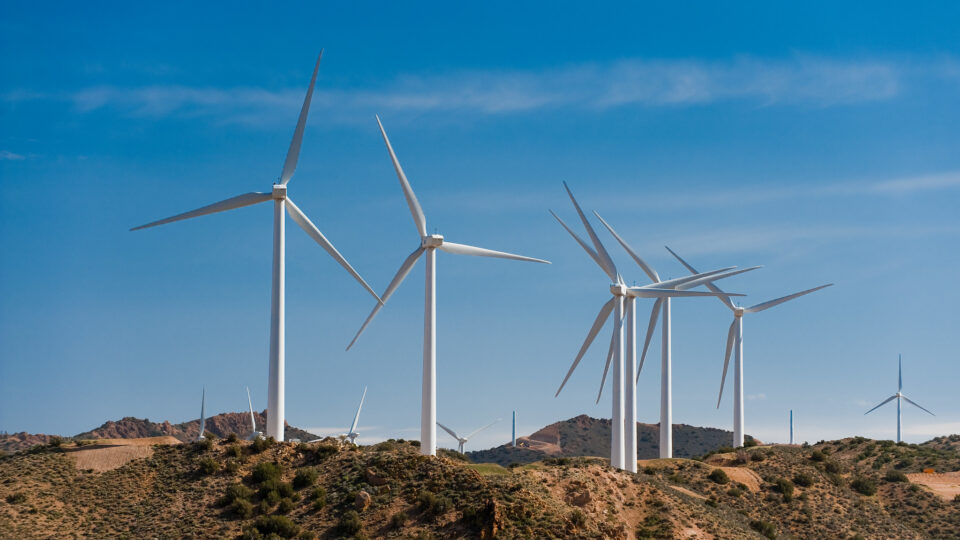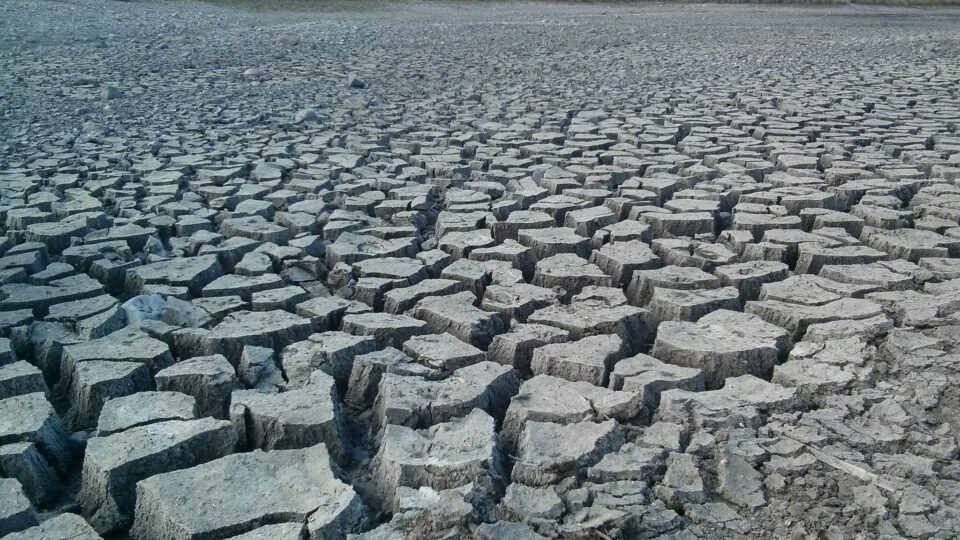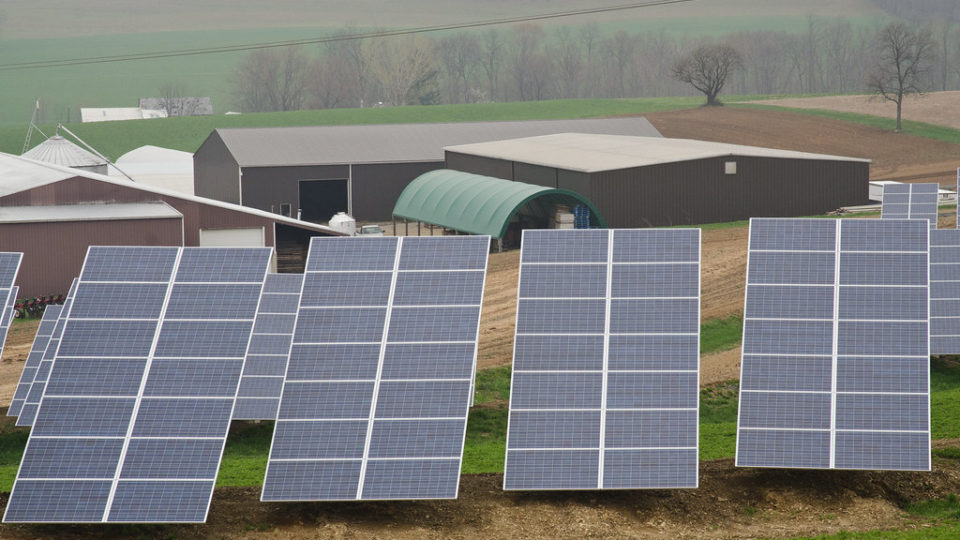There have already been all sorts of extreme weather this year in many parts of the world and undoubtedly there will be more to talk about in the coming months. But the American Meteorological Society has recently published its State of the Climate report for 2023 and it was a year for the record books.
In 2023, the Earth’s layers of heat-reflecting clouds had the lowest extent ever measured. That means that skies were clearer around the world than on average, a situation that amplifies the warming of the planet. Since 1980, clouds have decreased by more than half a percent per decade.
The most dramatic climate effect last year occurred in the world’s oceans. About 94% of all ocean surfaces experienced a marine heatwave during the year. The global average annual sea surface temperature anomaly was 0.13 degrees Celsius above the previous record set in 2016. This is a huge variation for the ocean. Ocean heatwave conditions stayed in place for at least 10 months in 2023 in vast reaches of the world’s oceans. Ocean heat was so remarkable that climate scientists are now using the term “super-marine heatwaves” to describe what is going on.
There were many other ways in which 2023 experienced weather extremes. July experienced a record-high 7.9% of the world’s land areas in severe drought conditions. During the year, most of the world experienced much warmer-than-average conditions, especially in the higher northern latitudes. These unprecedented changes to the climate are unlikely to be one-time occurrences; 2024 is likely to be another one for the record books.
**********
Web Links
New Federal Report Details More of 2023’s Extreme Climate Conditions
Photo, posted May 27, 2021, courtesy of Wendy Cover/NOAA via Flickr.
Earth Wise is a production of WAMC Northeast Public Radio

